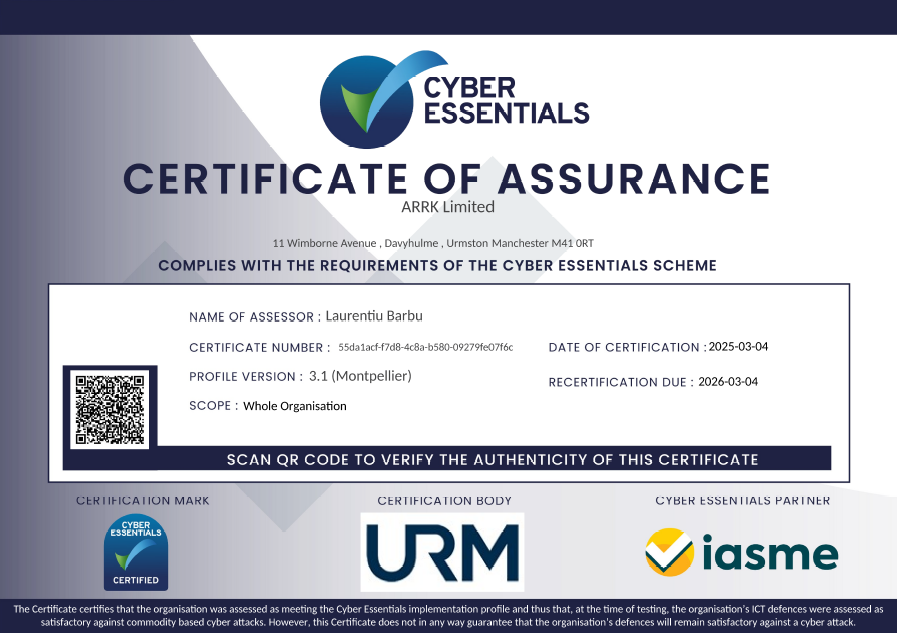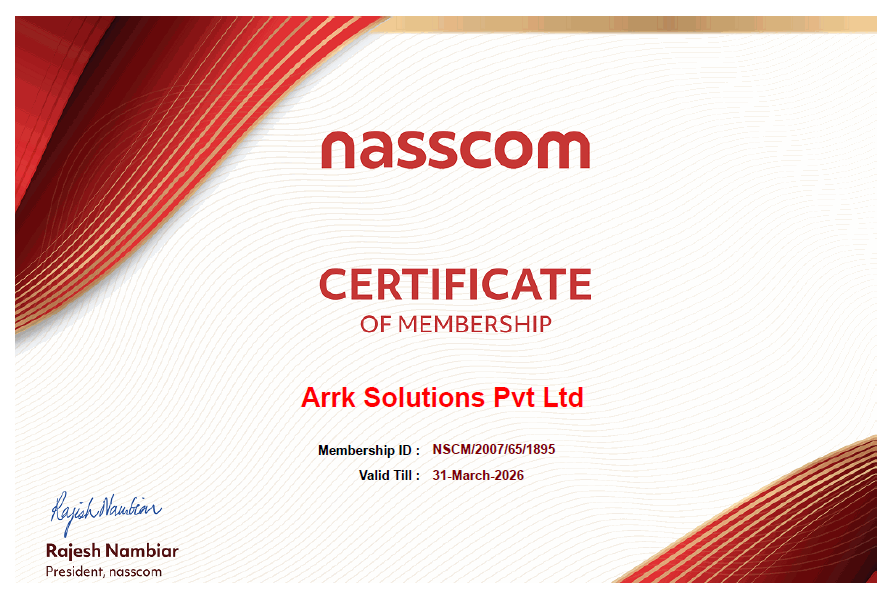
Transforming Waste and Recycling Services Through Digital Innovation
The collaboration began with an intensive two-week Embarrk workshop, leading directly into a fixed-term development engagement. The service was delivered on schedule, through our Rapid Digitisation approach, with clear stakeholder involvement throughout.
Customer
This includes the development of a flexible, open-systems-based technology platform that enables better service delivery to residents, businesses, and internal teams. Collaboration at both regional and national levels is a key principle, ensuring improved service choice, better value, and stronger adoption of open standards in the public sector.
Residential population in excess of 225,000
Created in 1963 by London Government Act
Continuously improving its digital customer service
Collaborating at a regional and national level
Situation
The goal was to offer a digital experience that allows repeat users to self-serve efficiently cutting operational costs and reducing reliance on traditional contact channels, such as the call centre.
In need of a digital upgrade to its services
All common services and transactions needed improving with online accessibility
Required a high-quality, self-service, digital experience for its users
Needed to cut costs and free up council resources
Solution
A dedicated, distributed development team was then deployed to build and test the solution. Using a hybrid Agile delivery model, we maintained momentum while meeting critical deadlines and budgetary expectations.
Communication remained a priority throughout. An on-site coordinator supported day-to-day collaboration, and regular ‘show and tell’ sessions enabled continuous feedback and iterative improvement.
In line with the council’s emphasis on cost-effectiveness and long-term sustainability, the service was built on a secure, scalable architecture using open-source components such as JBoss ESB, JSF, and Liferay.
Two week EmbArrk workshop capturing project requirements and specifications
Cost effective hybrid Agile delivery model
Collaborative and efficient working procedures
User centred design incorporating new design language
Outcomes
Crucially, the new platform provided a more consistent message to residents around waste reduction and recycling services. Though still early in adoption, it has already begun to reduce pressure on frontline teams by encouraging more users to switch to digital self-service.



